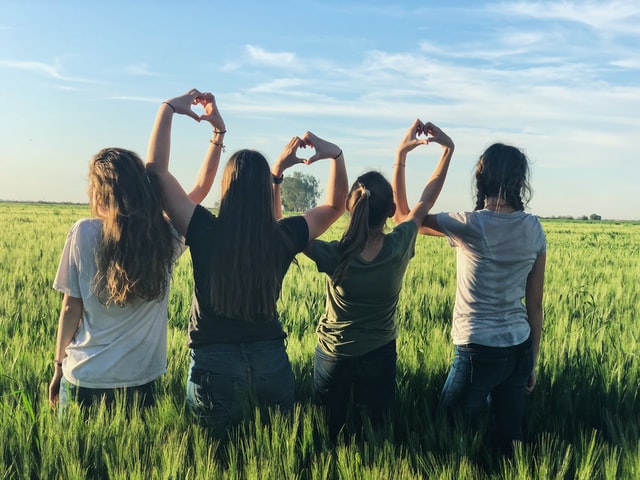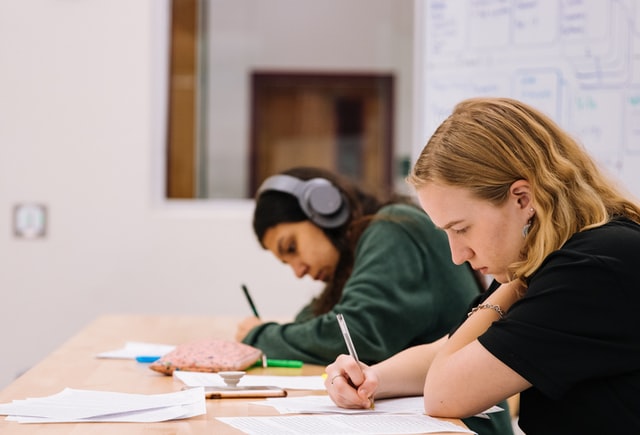
Across schools, emergency shelters, and other care programs, you’ll find many therapeutic treatment approaches. The abundance of options can make it difficult to settle on the right approach for your child.
In this post, the Alpine Academy Utah reviews a common approach — the Teaching-Family Model. Read on to discover its history, who it’s for, and whether it can help your child.
The History of the Teaching-Family Model
First, let’s take a look at the history of the Teaching-Family Model.
This approach resulted from a late 1960s project that involved the National Institute of Mental Health and the University of Kansas. Head researcher Montrose Wolf believed that married couples (AKA family teachers or teaching parents) could be role models for troubled children. By living with the children in a family-like setting, they could teach them life skills and foster healthy development.
Of course, this theory was just that — a theory. Wolf needed to put it to the test, so he trained Lonnie and Elaine Phillips in his principles. This married couple consisted of a preschool teacher and a graduate student who worked with children with mental disabilities.
Once the couple received their training, they moved into a home with six troubled teenage boys. The researchers found that the boys experienced significant improvement in just a few minutes. Their behavior and communication skills improved, and they were even reunified with their own families.
The Teaching-Family Model Today
After his initial study, Wolf continued researching in an attempt to replicate the successful results. Years of intensive work allowed him to formulate a blueprint that caretakers across the world have used.
Today, Alpine Academy Utah reviews this approach as one of the most effective for dealing with troubled children. The American Psychological Association even says that it’s a notable “evidence-based” program.
The Key Principles of the Teaching-Family Model
The Alpine Academy Utah reviews some of the most important principles below:
Humane Practices
All participants who undergo this approach can expect ethical, humane treatment.
Individualized Approaches
While this approach consists of a core foundation, it is far from rigid. Caretakers create individualized approaches to best serve each participant.
Trauma-Informed Approach
A child’s life experiences play a big role in their development. Thus, caretakers must consider their trauma to help them develop effective coping mechanisms.
Quality Assurance
Unlike many other treatments, this approach heavily relies on quality assurance. An organization like the Alpine Academy Utah reviews student progress and considers participant feedback. These evaluations allow us to measure success and make any necessary adjustments.
Who Uses this Approach?
Anyone who works with children can use the Teaching-Family Model.
In some cases, parents might choose to implement it in their own homes. They can be purposeful in their interactions as a married couple to ensure their child develops good interpersonal skills.
In other cases, however, the Teaching-Family Model is more artificial. For instance, a school like Alpine Academy has students live in residential communities with “teaching parents” to serve as their role models.
Additionally, professionals like teachers, therapists, and even doctors can implement the Teaching-Family Model. Notable principles they draw on include creating individualized plans and focusing on holistic development.

What Are the Requirements to Use the Teaching-Family Model?
If a parent wishes to use the Teaching-Family Model in their own home, they can use resources like Smarter Parenting. The approach’s influence is obvious within the site’s child-rearing tips.
However, if your child faces difficulties that require professional help, you should choose an accredited organization.
The Teaching Family Association awards accreditation to organizations that go through rigorous training. Once accredited, organizations receive continuous support and undergo evaluations to ensure their effectiveness.
Who Typically Benefits?
In the original study, the six teenagers were juvenile delinquents. The approach proved effective in reforming their behavior and allowing them to reunite with their families.
However, organizations have since adapted the approach to other circumstances. Caretakers find that the approach is effective for children who:
- Are victims of physical, emotional, or sexual abuse
- Demonstrate severe behavioral problems
- Experience mental health issues
- Have autism, ADHD, or other related disorders
Based on Alpine Academy Utah reviews, we know that this approach can even yield results for adults with disabilities.
What Is the Goal of this Teaching Method?
Typical goals of this approach include improving the participant’s mental health and independent living. Caretakers also strive to reunite children with their families.
However, the goals may look different from case to case because of the approach’s individualistic nature.
The Teaching-Family Model — The Bottom Line
Ultimately, this model is an effective approach backed by the American Psychological Association and years of research.
There’s no doubt that it helps children and even adults overcome their challenges and live more productive, independent lives.
If you want to learn more about how we use the Teaching-Family Model to help families like yours, contact us today!
